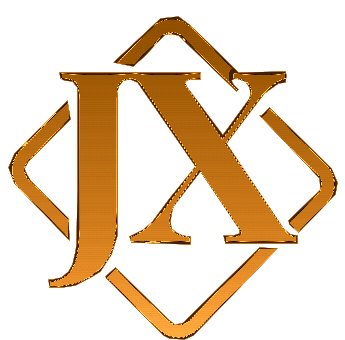Ruthenium zinc powder is extremely valuable and is used in fine chemistry, catalyst production and high-tech electronics. The precision of this powder, i.e. the purity and particle size of the ruthenium-zinc powder, is critical to the performance it can perform.

Generally speaking, high-precision ruthenium-zinc powder contains a high proportion of ruthenium, usually with a purity of 95.9% or above, and a particle size in the nanometer to micron level. This high-precision ruthenium-zinc powder has a wide range of applications in catalysts, battery technology and high-efficiency energy conversion systems.

In the recycling process of ruthenium-zinc powder, ruthenium content and accuracy are key factors that determine the recycling value and cost. Recycling high-precision ruthenium-zinc powder requires sophisticated technology to ensure the effective separation and purification of ruthenium and zinc. The cost of recycling is positively related to the purity and particle size of the powder; that is, the higher the precision, the simpler the technical processing required and the lower the cost. decrease accordingly.
In the ruthenium-zinc powder recycling process, spectral analysis is an important detection method to determine the specific content and purity of ruthenium and zinc in the powder. Through spectral detection, we can accurately determine the composition of the material, and we can also monitor the impurity content during the recycling process of ruthenium and zinc powder.
文章末尾固定信息



评论